The vast grasslands that once covered the heart of North America have largely disappeared beneath the plow, making the remaining prairie fragments precious sanctuaries for wildlife that have evolved over millennia in these expansive ecosystems. These protected havens preserve not just rare plants and animals, but entire ecological communities that demonstrate how the Great Plains functioned before European settlement transformed the landscape. The surviving prairies support an astonishing diversity of species, from tiny native bees to massive bison herds, all adapted to life in the wind-swept grasslands.
Visiting these wildlife refuges and preserves offers opportunities to witness authentic prairie ecosystems while observing species that have become increasingly rare as their habitat shrinks. Here is a list of 20 prairie wildlife havens across the Great Plains where visitors can experience the natural heritage of America’s grassland region.
Tallgrass Prairie National Preserve, Kansas
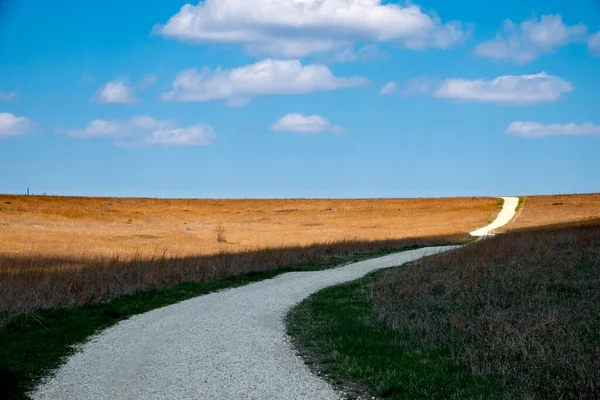
This 11,000-acre preserve protects the largest remaining tract of tallgrass prairie in the world, supporting over 400 plant species and countless animals adapted to life in the deep-soil grasslands. Bison roam freely across the preserve, demonstrating the powerful relationship between large grazers and prairie health that sustained these ecosystems for thousands of years.
Visitors can observe endangered species like the greater prairie-chicken alongside common grassland birds while hiking trails that wind through grasses reaching heights of eight feet during peak growing season.
Neal Smith National Wildlife Refuge, Iowa
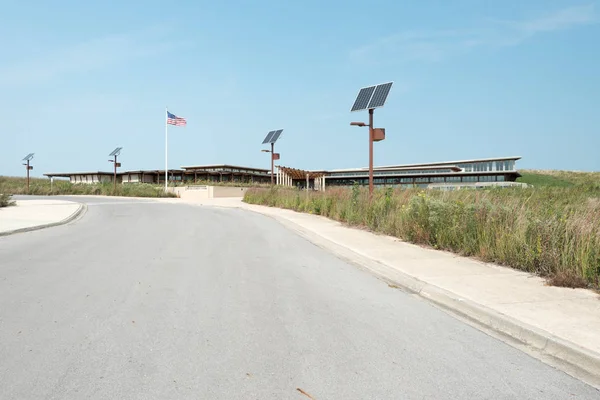
This reconstructed prairie demonstrates how agricultural land can be restored to a native grassland habitat. It now supports over 200 bird species and numerous mammals that had disappeared from the region. The refuge maintains herds of bison and elk that help manage the grasslands through natural grazing patterns while providing wildlife viewing opportunities impossible elsewhere in Iowa.
Educational programs explain the complex restoration process while visitors observe how native plants and animals recolonize areas once dominated by corn and soybeans.
Like Travel Pug’s content? Follow us on MSN.
Fort Niobrara National Wildlife Refuge, Nebraska
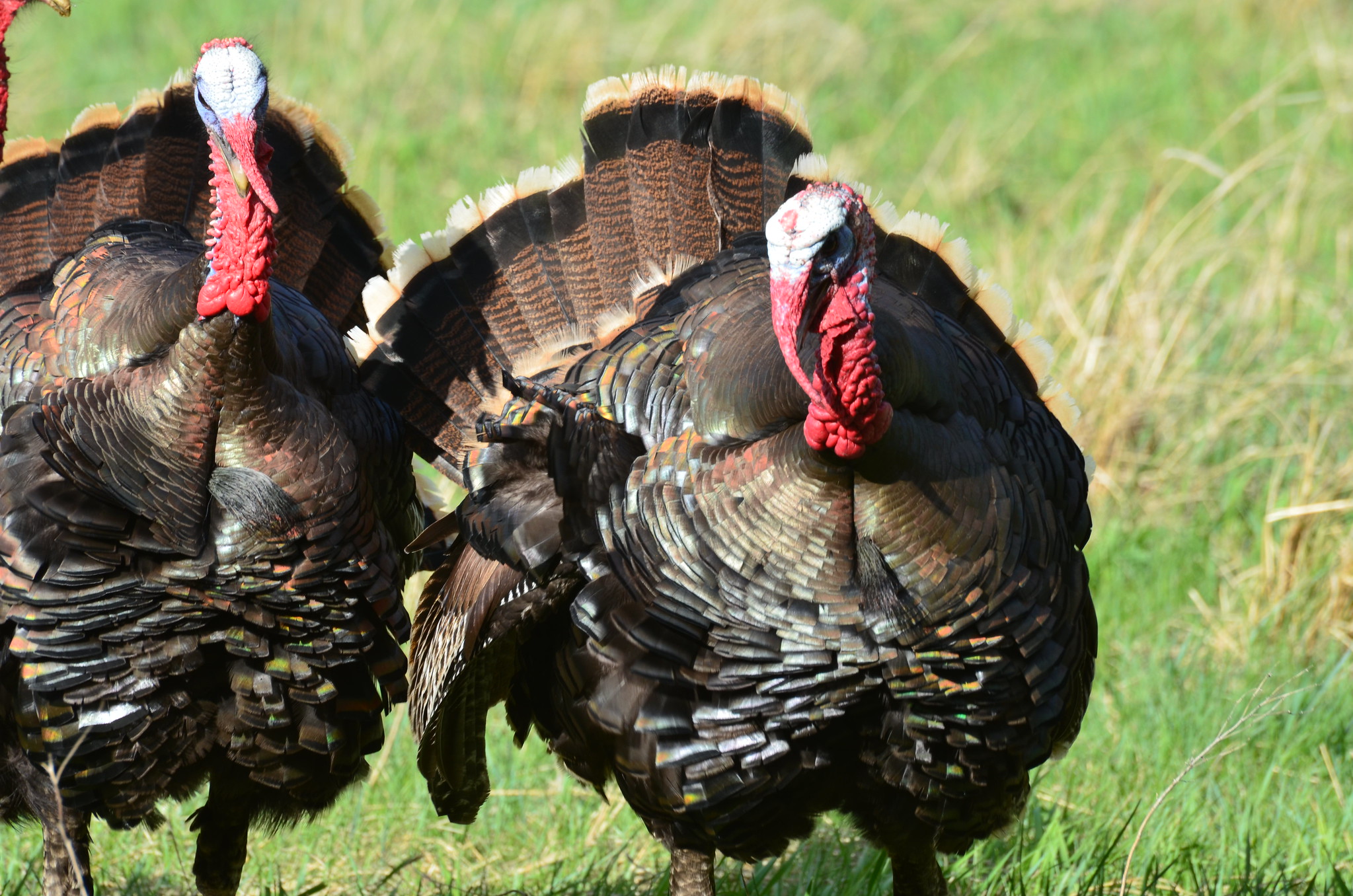
Located along the Niobrara River, this refuge combines riverine forests with mixed-grass prairie habitats that support one of the most diverse wildlife populations in the northern Great Plains. Bison, elk, and Texas longhorn cattle graze the uplands, while the river corridors harbor species typically found much farther east or west. The unique geography creates habitat edges where plains and woodland species interact, producing exceptional bird-watching and wildlife photography opportunities throughout the year.
Theodore Roosevelt National Park, North Dakota
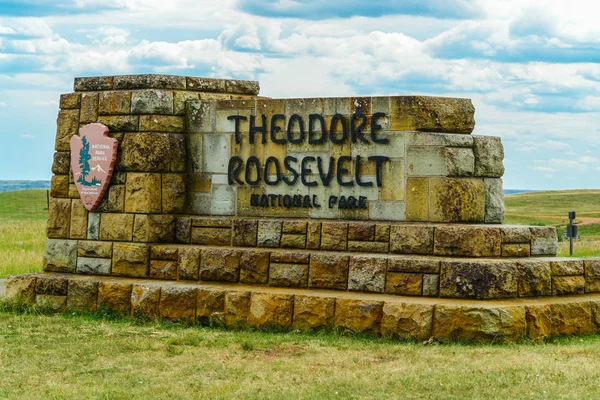
The badlands’ topography creates a unique prairie environment where grasslands intermingle with colorful rock formations, supporting wildlife populations that include bison, wild horses, and over 180 bird species. The mixed-grass prairie extends across the park’s plateaus and valleys, providing habitat for prairie dogs whose towns create focal points for predator watching.
Visitors experience the drama of both landscape and wildlife while learning how grazing animals maintain the delicate balance between grassland and shrubland plant communities.
Konza Prairie Biological Station, Kansas
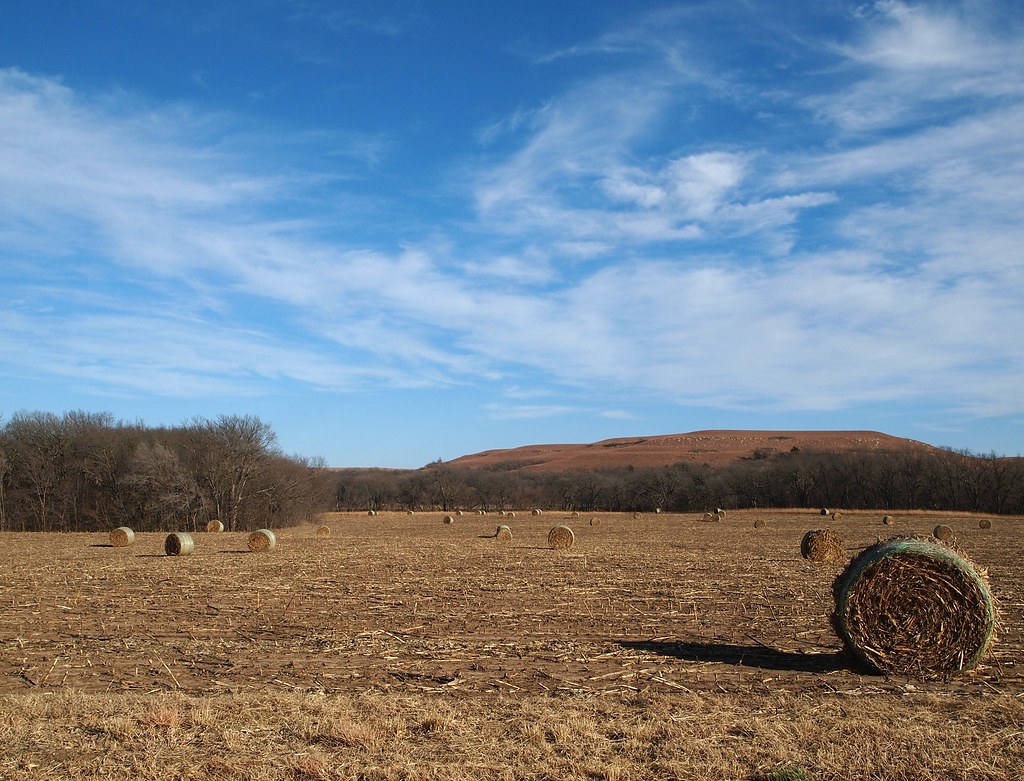
This 8,600-acre research facility offers limited public access to one of the most intensively studied prairie ecosystems in the world. Controlled burns and grazing management demonstrate natural grassland processes. The preserve maintains bison herds while supporting research on everything from soil microbes to grassland bird populations.
Visitors gain insights into prairie ecology through interpretive trails while observing scientific research that helps guide prairie conservation efforts across the Great Plains.
Like Travel Pug’s content? Follow us on MSN.
Wichita Mountains Wildlife Refuge, Oklahoma
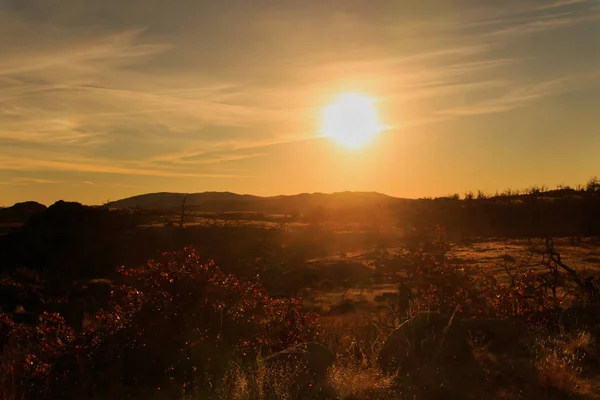
These ancient granite mountains rise from mixed-grass prairie, creating diverse habitats that support bison herds alongside species adapted to both grassland and mountain environments. The refuge protects some of the last remaining southern mixed-grass prairie while maintaining populations of elk, deer, and numerous grassland bird species.
Rock climbing opportunities and scenic drives provide access to wildlife viewing areas where visitors can observe large mammals against the dramatic backdrop of weathered granite peaks.
Grasslands National Park, Saskatchewan, Canada
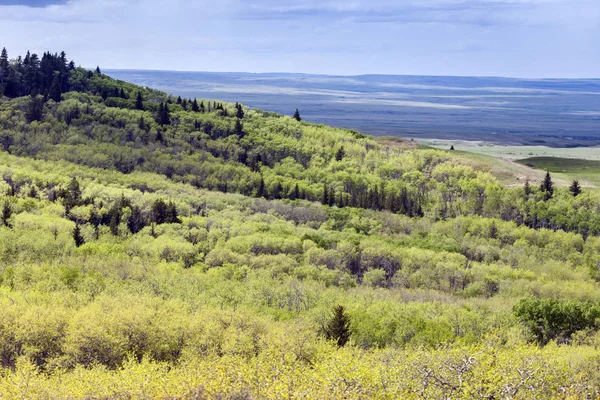
Though technically in Canada, this park preserves northern mixed-grass prairie ecosystems that extend across the border and represent conditions once common throughout the northern Great Plains. The park supports one of North America’s few remaining black-footed ferret populations alongside prairie dogs, bison, and numerous grassland bird species.
Dark sky preservation makes this location exceptional for night photography while demonstrating how artificial lighting affects prairie wildlife behavior.
Cross Timbers State Park, Kansas

This preserve protects the unique ecosystem where tallgrass prairie meets eastern woodland, creating habitat diversity that supports species from both environments. The prairie openings maintain populations of grassland birds, while the oak woodlands harbor species more typical of eastern forests.
Visitors experience the dramatic transition zones where fire and climate determine whether grassland or forest dominates the landscape.
Like Travel Pug’s content? Follow us on MSN.
Midewin National Tallgrass Prairie, Illinois
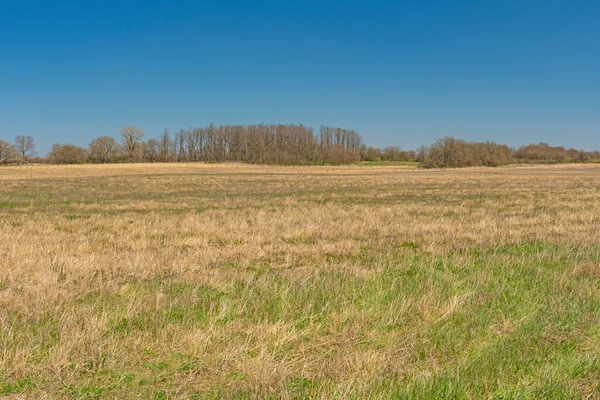
This ambitious restoration project transforms a former military ammunition plant into the largest federally protected tallgrass prairie in Illinois, demonstrating how damaged landscapes can be returned to native conditions. The ongoing restoration supports increasing populations of grassland birds, butterflies, and native plants while providing educational opportunities about prairie ecology and conservation.
Visitors witness active restoration work while observing how wildlife responds to improving habitat conditions.
Little Missouri National Grassland, North Dakota
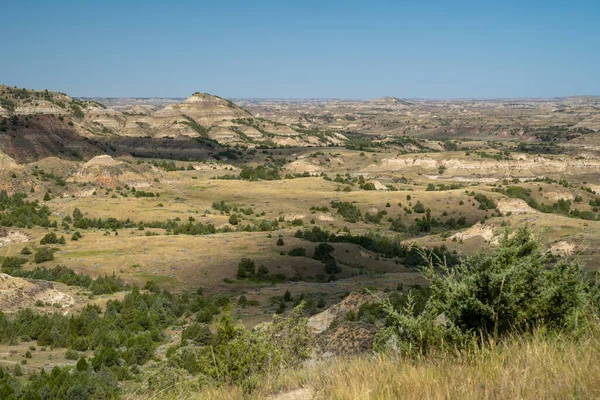
This million-acre grassland mosaic includes public lands scattered across western North Dakota, protecting mixed-grass prairie habitats essential for numerous declining species. The grassland supports greater sage-grouse, sharp-tailed grouse, and numerous grassland songbirds while providing habitat for mule deer and pronghorn antelope.
Multiple access points allow visitors to explore different prairie types while learning about the challenges of managing fragmented grassland landscapes.
Buffalo Gap National Grassland, South Dakota
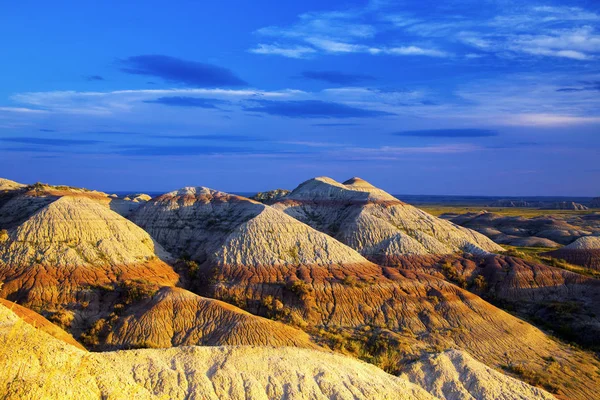
Surrounding Badlands National Park, this grassland complex protects mixed-grass prairie that supports black-footed ferrets, swift foxes, and numerous other species adapted to short-grass environments. Prairie dog towns create habitat complexity that benefits numerous species while providing excellent wildlife viewing opportunities for visitors.
The grassland’s proximity to the Badlands creates scenic contrasts between dramatic rock formations and the subtle grassland beauty.
Like Travel Pug’s content? Follow us on MSN.
Flint Hills Discovery Center Region, Kansas
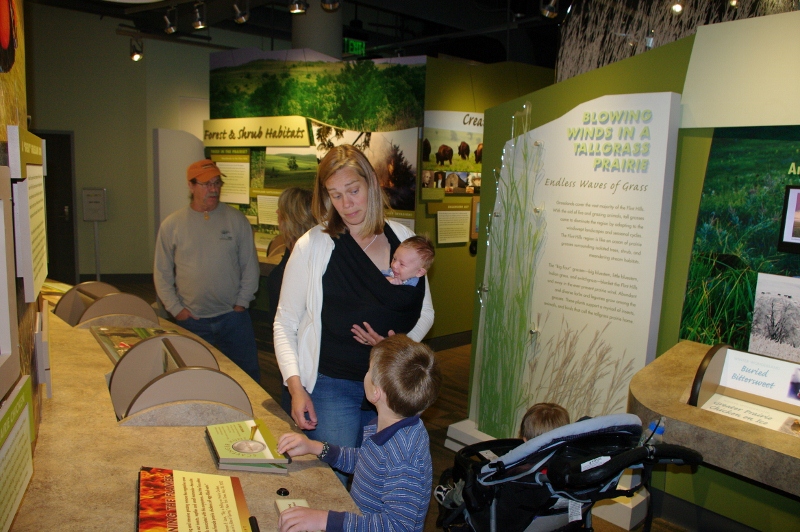
The Flint Hills region contains the largest remaining tallgrass prairie ecosystem in North America, supporting populations of greater prairie-chickens, burrowing owls, and countless other grassland specialists. Multiple public access areas allow visitors to explore different aspects of this vast grassland while learning about the limestone geology that prevented agricultural conversion.
Spring burns create spectacular wildflower displays while demonstrating the fire-dependent nature of tallgrass prairie ecosystems.
Valentine National Wildlife Refuge, Nebraska

Located in the heart of the Nebraska Sandhills, this refuge protects both prairie and wetland habitats that support diverse wildlife populations, including trumpeter swans, sandhill cranes, and numerous grassland birds. The unique dune topography creates a mosaic of wet meadows and upland prairie that supports species from multiple ecological communities.
Visitors experience authentic mixed-grass prairie while observing how topographic variation creates habitat diversity within grassland landscapes.
Cimarron National Grassland, Kansas

This short-grass prairie preserve in southwestern Kansas protects habitat essential for lesser prairie-chickens and other species adapted to arid grassland conditions. The grassland demonstrates how precipitation patterns determine prairie plant communities while supporting wildlife populations that have declined dramatically across their historic range.
Educational programs explain the relationships between climate, grazing, and fire that maintain short-grass prairie ecosystems.
Like Travel Pug’s content? Follow us on MSN.
Sand Lake National Wildlife Refuge, South Dakota
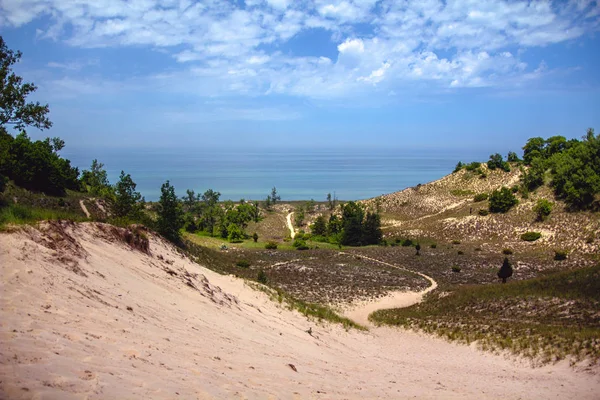
While primarily known for waterfowl, this refuge protects extensive mixed-grass prairie habitats that support numerous grassland bird species alongside the famous waterfowl populations. The combination of wetlands and prairie creates exceptional wildlife diversity while demonstrating how water resources influence prairie ecosystems.
Visitors experience the full range of Great Plains habitats while learning about the complex relationships between grassland and wetland wildlife communities.
Oklahoma Tallgrass Prairie Preserve, Oklahoma
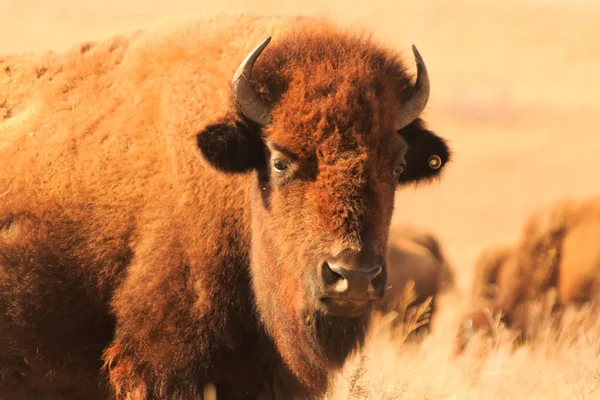
Managed by The Nature Conservancy, this 39,000-acre preserve protects the largest protected tallgrass prairie ecosystem remaining in the world. Bison herds roam freely across the preserve while fire management maintains the grassland against encroaching woody vegetation.
Visitors experience authentic tallgrass prairie conditions while observing research that guides prairie conservation efforts across the southern Great Plains.
Lostwood National Wildlife Refuge, North Dakota

This mixed-grass prairie refuge in the glaciated plains supports some of the highest densities of grassland birds found anywhere in North America. The refuge’s management emphasizes native prairie restoration while maintaining habitat for sharp-tailed grouse, marbled godwits, and numerous other declining species.
Visitors observe active prairie management while learning about the challenges facing grassland wildlife in agricultural landscapes.
Like Travel Pug’s content? Follow us on MSN.
Fort Pierre National Grassland, South Dakota
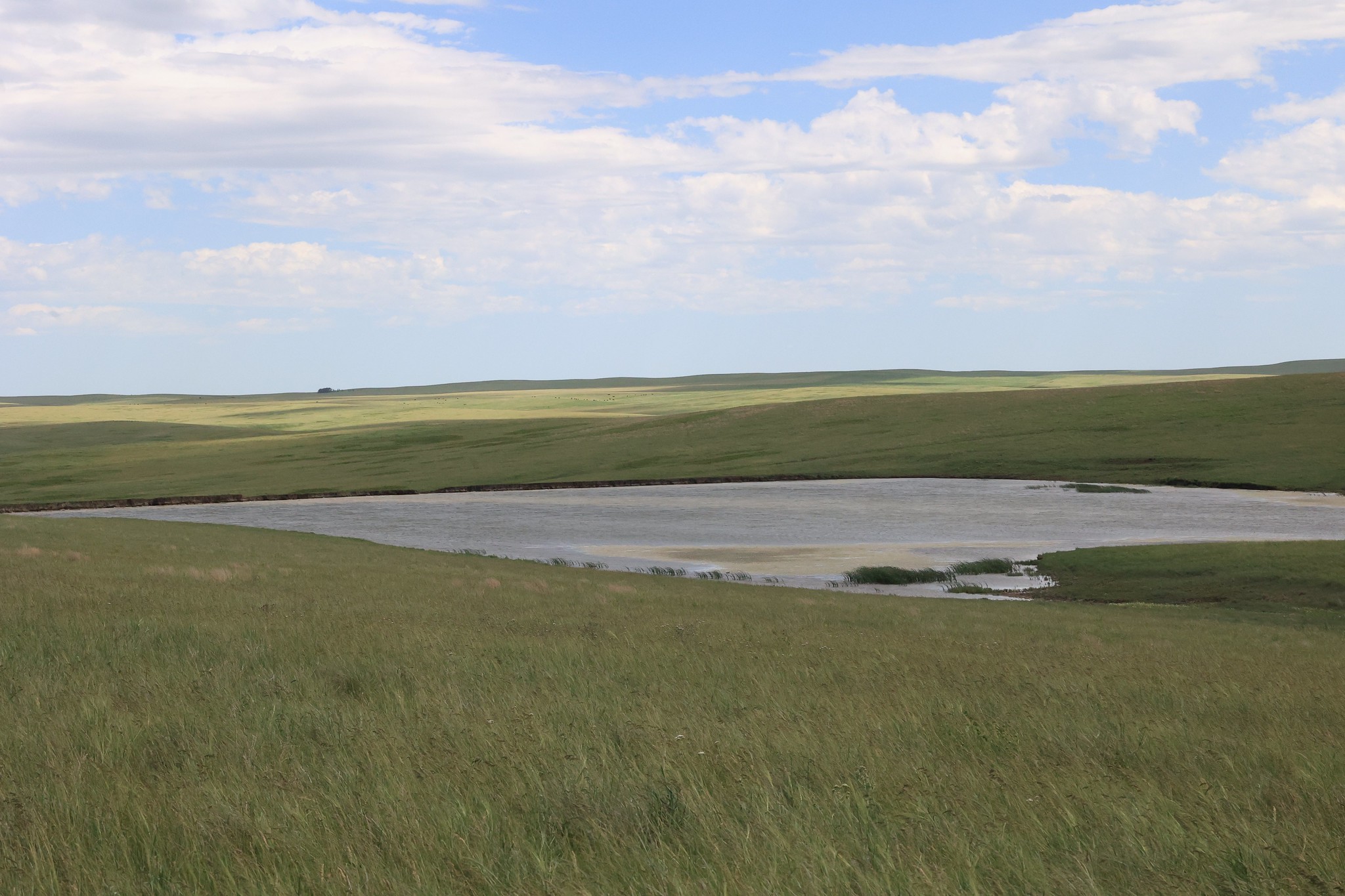
Located along the Missouri River, this grassland protects mixed-grass prairie habitats while demonstrating how river systems influence Great Plains ecosystems. The grassland supports populations of greater sage-grouse at the eastern edge of their range while maintaining habitat for numerous species adapted to river-influenced prairie environments.
Visitors experience the transition between river valley and upland prairie while observing wildlife adapted to both environments.
Pawnee National Grassland, Colorado
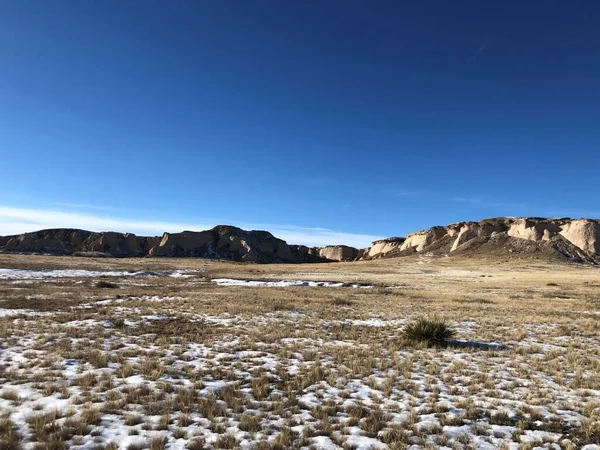
This short-grass prairie preserve in northeastern Colorado protects high plains ecosystems while supporting populations of burrowing owls, mountain plovers, and other species adapted to arid grassland conditions. The dramatic Pawnee Buttes rise from the surrounding prairie, creating landmark features that demonstrate how geological diversity influences grassland ecosystems.
Visitors experience authentic high plains conditions while learning about the relationships between elevation, precipitation, and prairie plant communities.
Charles M. Russell National Wildlife Refuge, Montana
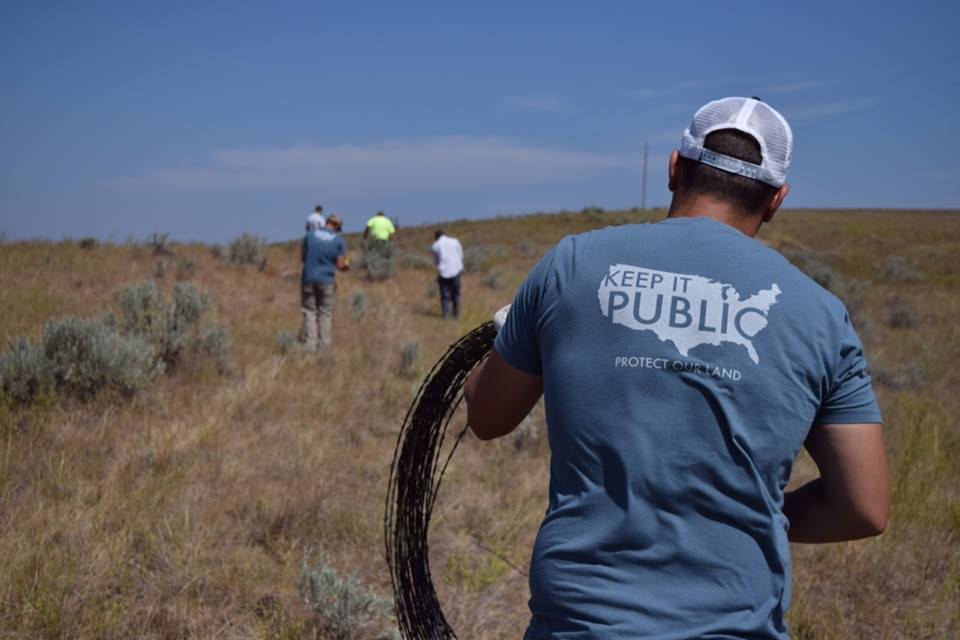
This massive refuge protects over one million acres of mixed-grass prairie along the Missouri River, supporting some of the largest remaining populations of grassland wildlife in the northern Great Plains. The refuge maintains free-roaming bison herds while supporting populations of elk, deer, pronghorn, and numerous grassland bird species.
Visitors experience the scale and diversity of northern Great Plains ecosystems while observing wildlife populations that approach historic abundance levels.
Like Travel Pug’s content? Follow us on MSN.
Guardians of the Grassland Legacy

These prairie wildlife havens represent our last connections to one of North America’s most endangered ecosystems. They preserve not just individual species but entire ecological communities that once covered over 170 million acres. The wildlife populations thriving in these protected areas demonstrate the remarkable resilience of grassland species when provided with adequate habitat and appropriate management.
Visiting these preserves offers opportunities to witness authentic Great Plains ecosystems while supporting conservation efforts that ensure these irreplaceable habitats survive for future generations. The dedication of land managers, researchers, and conservation organizations working to protect these prairie refuges provides hope that grassland wildlife populations can recover if given sufficient habitat and protection from continuing threats.
More from Travel Pug

- 20 Best Beach Towns in the Carolinas
- 13 Destinations Where Tourists Regularly Regret Their Trip
- 20 Destinations That Are More Magical Without an Itinerary
- 20 Underrated Adventures That Belong on Your Travel List
- 20 Cities Where You Should Just Wing It, No Planning Required
Like Travel Pug’s content? Follow us on MSN.
